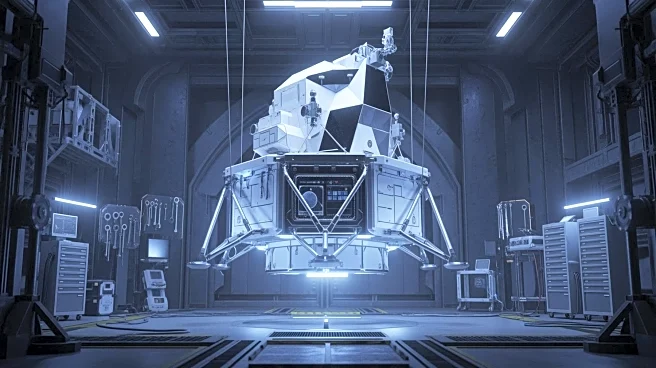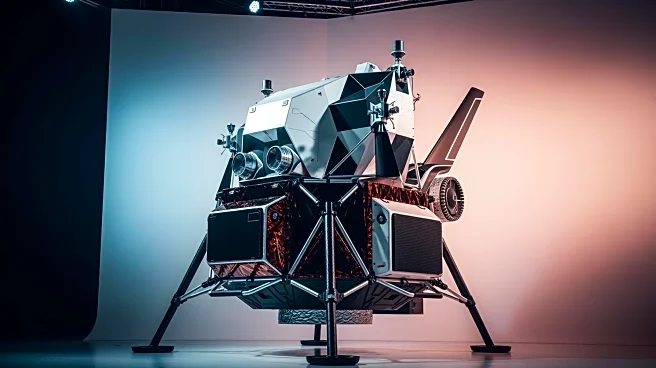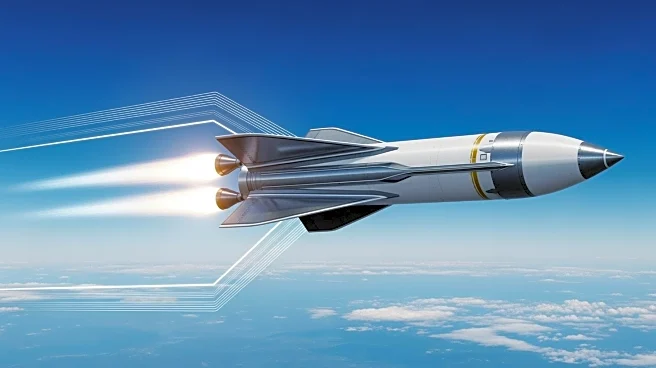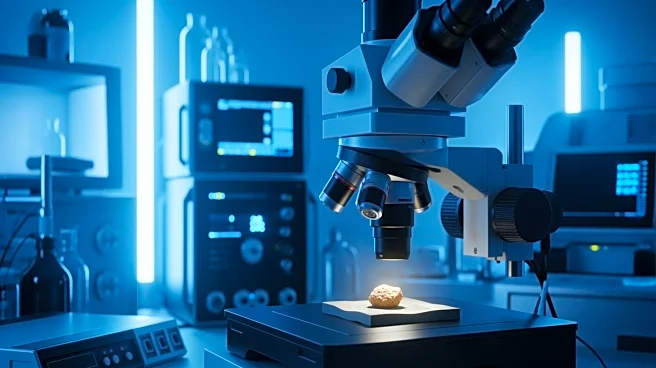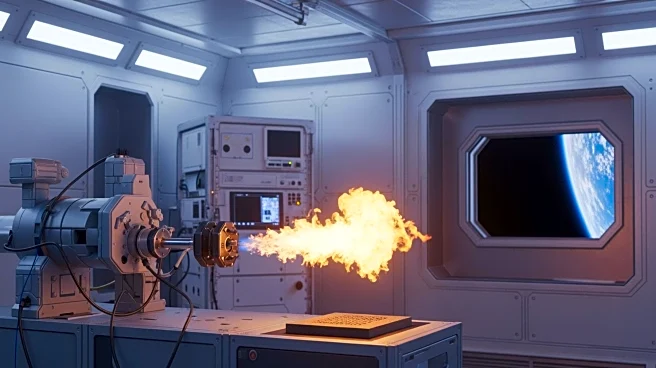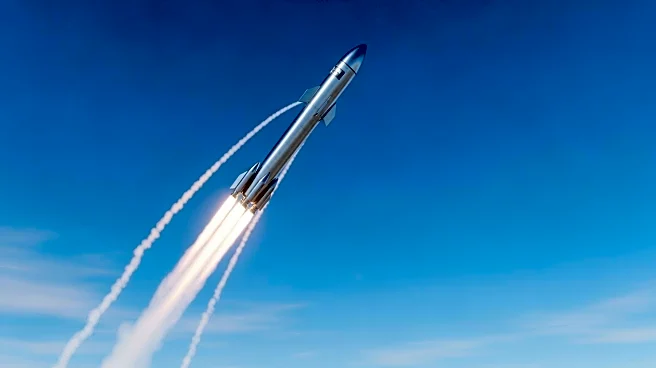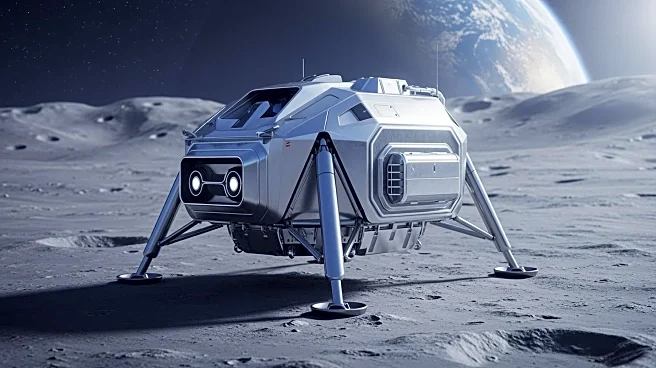What's Happening?
China is preparing for the launch of the Shenzhou-21 crewed mission to the Tiangong space station. The mission, scheduled for October 31, will be launched from the Jiuquan Satellite Launch Center using
a Long March-2F rocket. This marks the 16th crewed Chinese spaceflight, with three taikonauts set to join the current crew aboard the Tiangong station. Preparations at the launch site are in full swing, with final pre-launch checks and system drills underway. The mission is part of China's ongoing efforts to maintain a continuous human presence in space and further its space exploration capabilities.
Why It's Important?
The Shenzhou-21 mission is a critical component of China's expanding space program, reflecting its commitment to establishing a robust presence in space. This mission not only strengthens China's position in the global space race but also contributes to the development of its space station capabilities. The successful launch and operation of the Tiangong station are pivotal for China's long-term goals of lunar exploration and potential Mars missions. The mission's success could enhance China's technological prowess and influence in international space exploration efforts.
What's Next?
Following the launch, the Shenzhou-21 crew will conduct various scientific experiments and maintenance tasks aboard the Tiangong station. The mission will also involve collaboration with international partners, potentially paving the way for future joint missions. As China continues to develop its space capabilities, the global space community will be watching closely, with potential implications for international space policy and cooperation.


